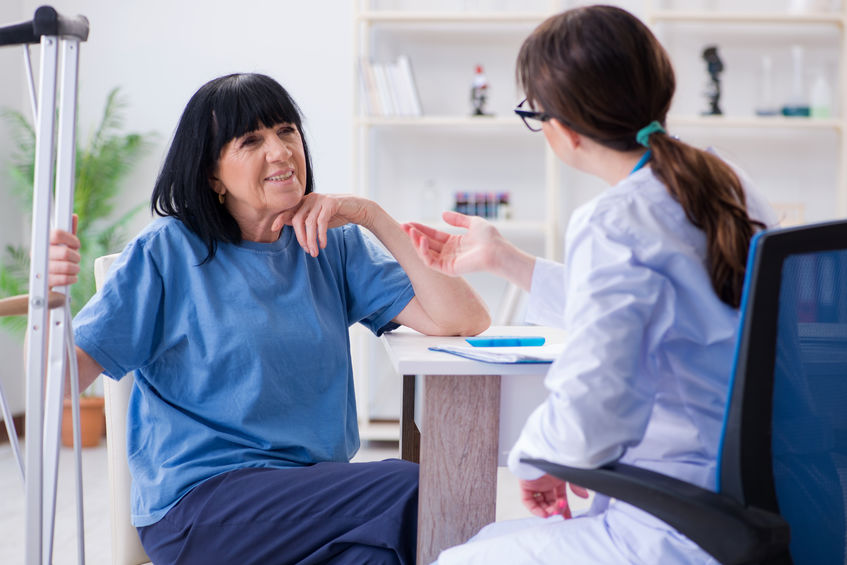Note that your final mark will not be saved in the system.
C2 Recommendations and actions to improve health and wellbeing GapFill
You must fill all the gaps before clicking ‘Check Answers!’

The role of health and social care services is to provide recommendations, support and advice on how to improve health and wellbeing. This will form the health and wellbeing improvement plan, which adopts a approach to make the best possible impact on the individual's life, and ensure the care provided by health and social care services is both time efficient and cost-effective. Established recommendations for improving health and wellbeing are covered in this activity.
One improvement to health concerns heart rate. Resting heart rate and rate following exercise can both be improved by meeting the recommended guidelines for , as it helps to build physical fitness. An increase in physical fitness makes routine tasks easier to perform which can improve the quality of daily life. Also, performing exercise can have a positive impact on emotional wellbeing, through the increased production of hormones and/or socialising with others.An improvement to health involves improving blood pressure, i.e. within the ideal range between mmHg. Again, regular exercise can help promote this, but there are a number of other lifestyle recommendations that can also achieve it. One of the most important changes to make is to quit , as it narrows the arteries and increases blood pressure to levels that run the risk of heart disease, stroke and other cardiovascular complications. Reducing alcohol consumption and intake in the diet are other recommendations for reducing blood pressure in people that have high or pre-high values.
Recommendations are focused on improving physical and/or emotional health and wellbeing, depending on the individual's case, so the advice provided will vary between each individual. For example, someone with bulimia, who performs an extreme amount of exercise in order to avoid putting on weight, will not be advised to maintain such levels of activity, but may instead be advised to consume a balanced diet and make a plan for meals and physical activity.